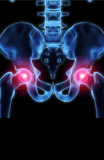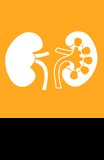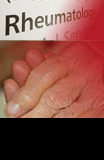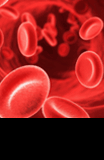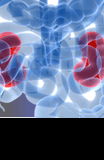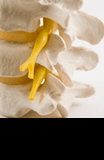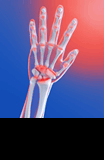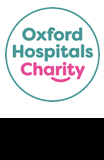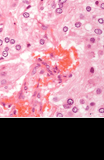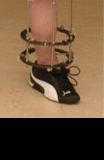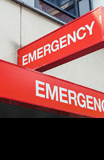The specific operations were colonic resections, and included the following operations:
- right hemicolectomy
- left hemicolectomy
- subtotal colectomy
- total colectomy
- high anterior resection.
In February 2013 we developed an Enhanced Recovery Programme for patients undergoing rectal resections.
The specific operations included in this care pathway are:
- anterior resection
- low anterior resection
- abdomino-perineal excision of rectum (APER)
In December 2013 we combined the two pathways to create one generic pathway for all patients undergoing colorectal surgery. The operations included all of the above; also patients undergoing operations to create or close a stoma.
The enhanced recovery patient information leaflets prepare the patient for their colorectal surgery, and include information about what to expect after the operation.
This helps the patient become involved in their recovery, and enables them to regain their independence and 'get back in control'.
The patient diary includes achievable daily goals and targets that are applicable to colorectal surgery, such as sitting out of bed for increasing lengths of time and moving around more on the ward, combined with earlier drinking and eating to help them get back to normal as soon as possible.
Postoperative care pathway
The postoperative care pathway was developed to ensure the patients received a consistently high quality of care during their recovery and the goals and targets were based on research and evidence from other Trusts and our own experiences. This care pathway includes early teaching on the care of their stoma (if appropriate) so the patient can improve their confidence and competence whilst in hospital and this does not delay their discharge.
Discharge from hospital is based on certain criteria, of which both the patient and the multi-professional team are aware; once these criteria are met, the patient is deemed safe to be discharged from hospital.
The pathway was updated by in December 2018 in line with recent research and evidence so that it continues to meet the needs of our patients.





